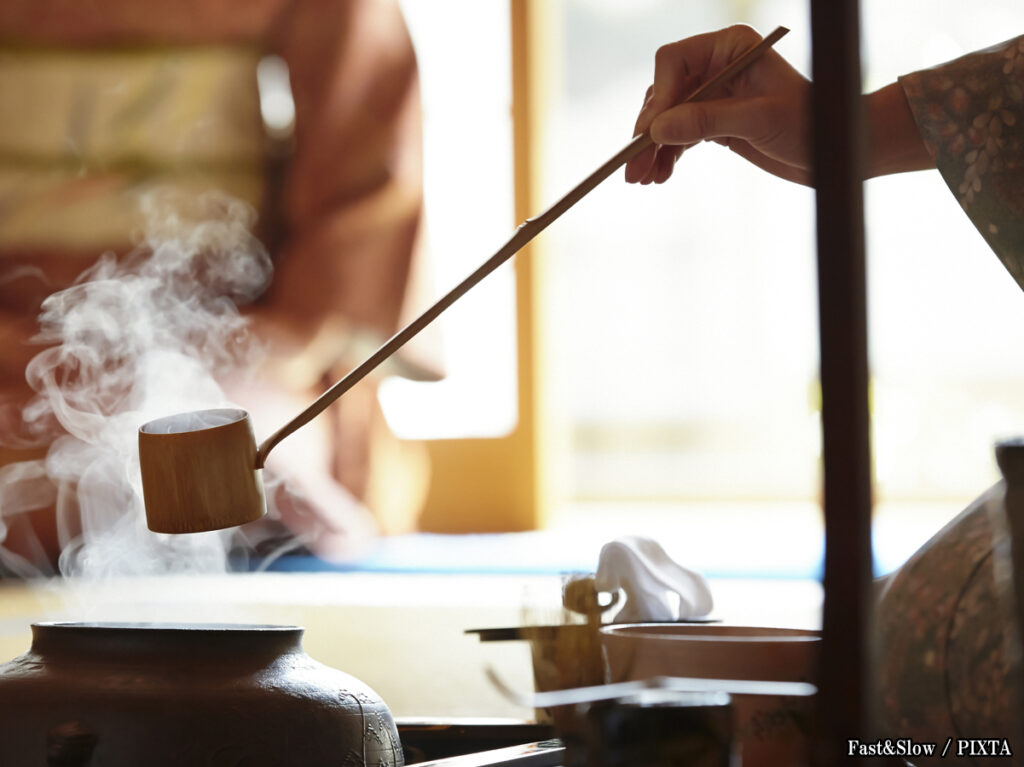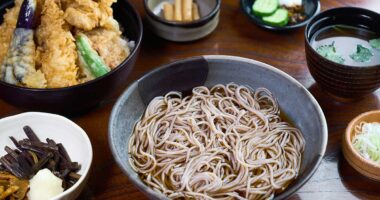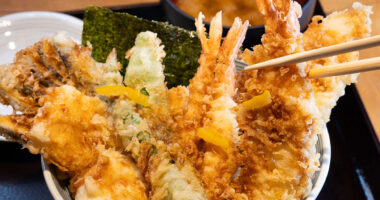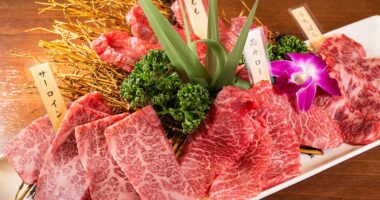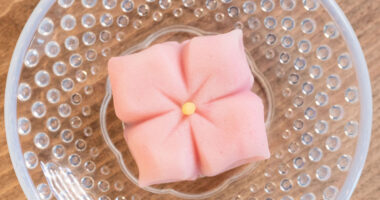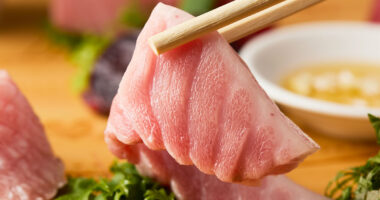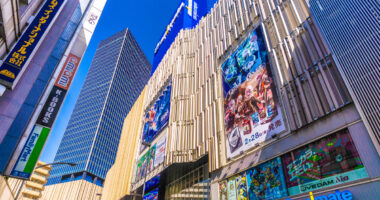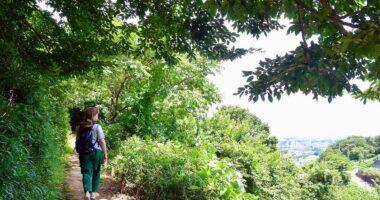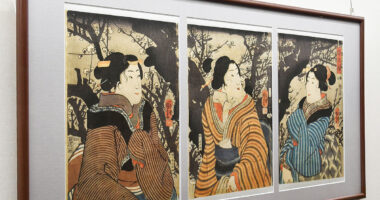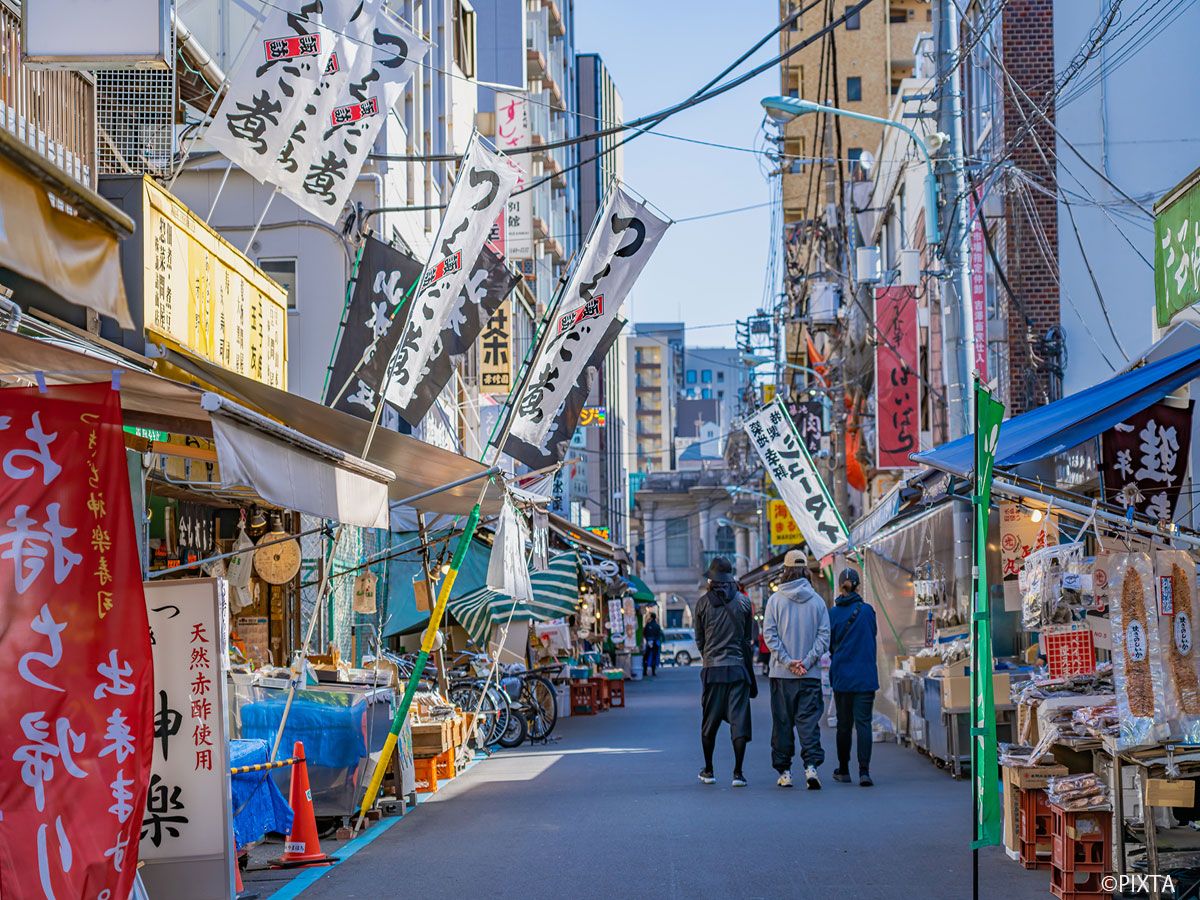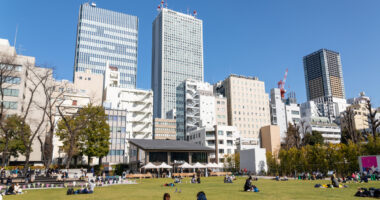The Japanese tea ceremony—called chanoyu or sadō/chadō—is not merely about drinking tea. It is a refined cultural art, a meditative practice, and a spiritual discipline guided by the principles of harmony, respect, purity, and tranquility. For first-time visitors to Japan, taking part in a tea ceremony offers an intimate window into the country’s traditions and aesthetic ideals. Both Kyoto and Tokyo offer opportunities to experience this ritual, but knowing what to expect and how to participate with respect will deepen the impact of this memorable encounter.
What is a Japanese tea ceremony?
At its heart, the Japanese tea ceremony is a ritualized preparation and serving of matcha (powdered green tea) by a trained host for one or more guests. Every gesture, utensil, and element of the setting is deliberate, each carrying symbolic meaning. The ceremony is designed to cultivate mindfulness, quiet reflection, and a sense of shared presence and connection between host and guest.
Essential components include
- Matcha:
A vibrant green tea powder whisked with hot water using a bamboo whisk to produce a smooth, frothy drink. Its flavor can be slightly bitter with a deep, lingering umami. - Wagashi:
Seasonal Japanese sweets served before or alongside the tea. Their delicate flavors are designed to complement the bitterness of matcha, with ingredients and appearance that reflect the time of year. - Tea utensils:
Each item—from the chawan (tea bowl) to the chashaku (scoop)—is chosen with care. Many are handmade and carry artistic or historical significance. - The setting:
Most ceremonies take place in a chashitsu (tea room) with a minimalist design for simplicity and focus. A kakemono (hanging scroll) and a chabana (seasonal flower arrangement) often adorn the tokonoma, a recessed alcove used to set the tone.
At the heart of the ceremony is the spirit of ichigo ichie, the idea that each encounter is once-in-a-lifetime, never to be repeated, and worthy of full presence, attention, and reverence.
Kyoto vs Tokyo: Where should you try it?
Both Kyoto and Tokyo offer memorable ways to experience a Japanese tea ceremony, but the tone and setting can differ significantly. The best choice depends on your travel priorities and the kind of cultural interaction you’re seeking.
- Kyoto
Often regarded as Japan’s cultural and spiritual heart, Kyoto has a long and storied association with the tea ceremony.- Pros:
Many tea houses here are set in historic townhouses, temple grounds, or serene gardens. Sessions can be led by masters with generational ties to the practice, lending the experience both depth and authenticity. This kind of setting often feels more intimately connected to the tradition’s origins. - Cons:
The popularity of Kyoto’s traditional offerings means sessions may require advance reservations, especially during peak travel seasons or at well-known and exclusive venues. - Best for:
Travelers who seek tranquility, authenticity, and a sense of place shaped by tradition.
- Pros:
- Tokyo
Japan’s capital offers a dynamic mix of old and new, and that contrast extends to its tea ceremony offerings.- Pros:
You’ll find a wide variety of accessible experiences, including sessions at department stores, hotel gardens, and cultural centers. Many cater to international guests with English explanations and are easy to incorporate into a full sightseeing schedule. - Cons:
While still beautiful, some venues may feel more modern or staged, without the centuries-old charm found in Kyoto. - Best for:
Those wanting flexibility, tourist-friendly options (particularly with English), and a chance to explore the tea ceremony with a more contemporary take.
- Pros:
Ultimately, both cities offer meaningful entry points into this ceremonial art form. Choose Kyoto if you’re drawn to authenticity and historical immersion, or choose Tokyo if you value accessibility, convenience, or a more contemporary expression of the practice.
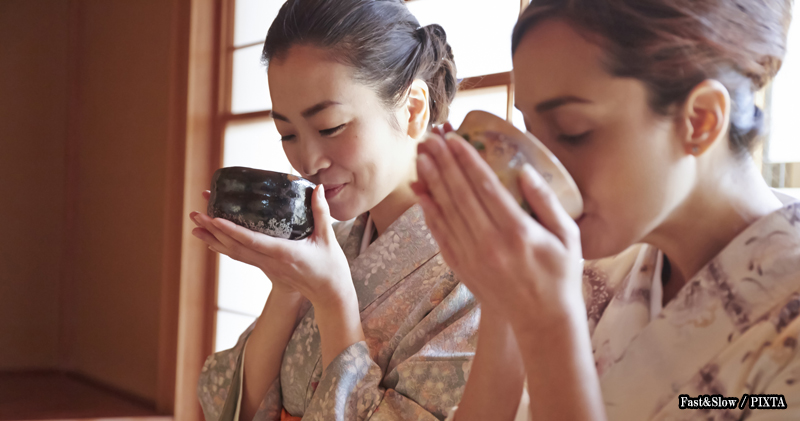
Photo for illustrative purposes
Price, duration, and booking tips
A bit of practical knowledge on factors like pricing, timing, and how to reserve can help you plan your visit and maximize your experience.
- Price
Tea ceremony prices vary widely depending on location, group size, exclusivity, and the expertise of the host.- Budget-friendly (group sessions):
Around 2,000–4,000 JPY per person for short, beginner-friendly sessions, typically 30 to 60 minutes long. - Mid-range (smaller groups or interactive):
5,000–8,000 JPY for slightly longer sessions with more personalized attention. - High-end (private or master-led):
10,000–20,000+ JPY for private, in-depth sessions or those led by experienced tea masters.
- Budget-friendly (group sessions):
- Duration
- Introductory sessions:
Most tourist-oriented ceremonies last 30 to 60 minutes and cover basic etiquette and the fundamental steps. - Extended experiences:
More comprehensive sessions run 90 minutes to 2 hours and may include multiple tea servings or detailed explanations.
- Introductory sessions:
- Booking tips
- Book in advance:
Popular tea houses often require advance booking, especially during peak travel seasons or for in-demand time slots like mornings and late afternoons. Many accept reservations through their official websites or reputable third-party platforms, so it’s best to secure your spot ahead of time. - Confirm language support:
If you need English guidance, verify availability when booking. Many places are geared toward international guests but not all sessions offer explanations in English. - Read reviews:
Look for feedback on the host’s clarity, the setting, and whether the session is suited to beginners. Reviews can help ensure the experience matches your expectations, especially if you’re hoping for something more educational or immersive.
- Book in advance:
Tea ceremony etiquette for first-time visitors
While hosts are generally welcoming and accustomed to tourists, observing basic etiquette shows respect and enhances the overall experience. You won’t be expected to know everything, but here are a few things to keep in mind.
- Punctuality:
Arrive on time or a few minutes early. In Japan, punctuality is paramount. - Footwear:
Remove your shoes before entering the tea room or any traditional space, and ensure your socks are clean and presentable. - Clothing:
Smart casual is appropriate. Avoid strong perfumes, overly revealing outfits, or restrictive clothing that makes sitting difficult (like tight skirts). Loose-fitting garments are most comfortable. - Seating:
You might be asked to sit seiza (kneeling) on tatami mats. If that’s uncomfortable, sitting cross-legged or with legs to the side is generally acceptable. If you have mobility issues, inform the host in advance, as a chair may be available. - Receiving the tea bowl:
When offered the bowl, it is customary to lift it and then rotate the bowl slightly (usually once or twice clockwise) before drinking. After finishing, wipe the rim and turn the bowl back to its original position before returning it. - Eating wagashi:
Eat the sweet before drinking the tea, using the small pick provided. It’s typically consumed in two or three bites. - Silence and appreciation:
The ceremony is a time for quiet contemplation. Avoid unnecessary conversation, and focus on the movements, sounds, and taste. Also express gratitude by bowing at appropriate moments. - Photos:
Always ask permission before taking photos. Some hosts allow it, but others may prefer guests to stay present and refrain from recording.
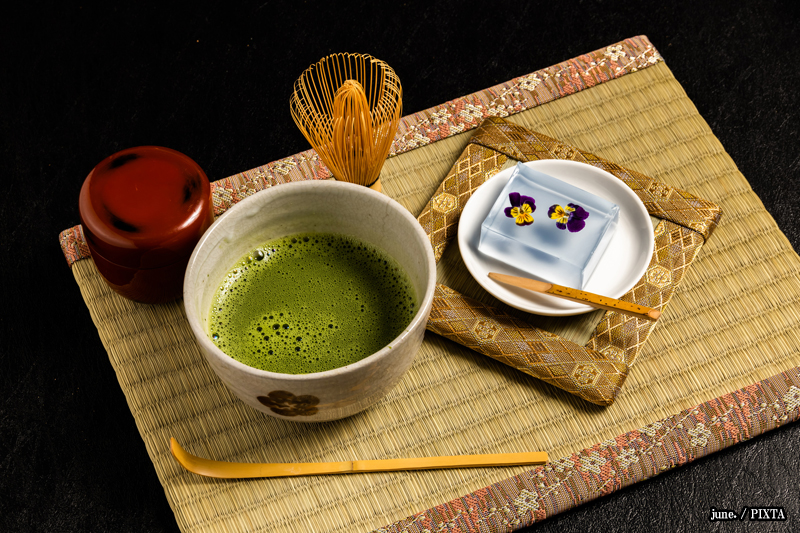
Photo for illustrative purposes
Recommended beginner-friendly experiences
Here are some beginner-friendly tea ceremony options in Kyoto and Tokyo.
- Kyoto
- Maikoya Kyoto:
Offers immersive cultural programs in English, including tea ceremonies that often include optional kimono experiences. Ideal for a comprehensive, tourist-friendly package. - Tea Ceremony Koto (near Kiyomizu-dera):
A relaxed, beginner-friendly setting with clear, hands-on explanations, making it perfect for first-timers who want to learn the steps themselves. - Ryōsokuin Temple (in Kennin-ji, Gion):
For an experience within the serene grounds of Kyoto’s oldest Zen temple, this sub-temple offers public tea ceremonies in an authentic and historic setting, providing a deep sense of tradition. - Gion Corner:
A great option if you want to see a variety of traditional arts in one show. The program includes a brief tea ceremony demonstration on stage, which serves as a concise visual introduction rather than a participatory, hands-on workshop.
- Maikoya Kyoto:
- Tokyo
- Chazen (Ginza):
Has practical and accessible lessons in English, focusing on providing a genuine learning experience in a convenient, central location. - Jidaiya Tea Ceremony (Asakusa):
Combines a tea ceremony with kimono rental, ideal for travelers looking for a full cultural package in the historic and tourist-friendly Asakusa area. - Hotel tea houses:
High-end hotels like the Imperial Hotel and Hotel Chinzansō Tokyo offer refined tea settings, often with garden views and English-speaking staff, perfect for a luxurious and comfortable experience. - Happō-en Garden (Shirokanedai):
A scenic venue with a traditional tea house nestled within one of Tokyo’s most beautiful gardens, allowing you to combine the ceremony with a peaceful stroll.
- Chazen (Ginza):
Final thought: Make tea ceremonies part of your Japan journey
Participating in a Japanese tea ceremony is an experience that transcends language barriers. It creates space to observe, absorb, and take part in something shaped by time and attention, providing a deeper understanding of Japanese aesthetics and philosophy. Kyoto presents this tradition in settings steeped in history, while Tokyo folds it seamlessly into the rhythm and conveniences of modern life. The settings differ, but what matters most is how you engage. The ritual rests on etiquette, but it’s the spirit of ichigo ichie that stays with you: unrepeatable, unspoken, and real.
